Posted in Uncategorized

“Mid-House Counsel” — A New Model to More Effectively and Efficiently Align Counsel with Your Company’s Strategic Objectives
Not every company has the resources to have in-house patent or IP counsel. And others are so large that they not only have in-house IP counsel, those in-house attorneys are managing several outside firms supporting their patent portfolios and filings internationally. Regardless of size or the nature of your company’s dedicated legal team protecting your intellectual property, there tends to emerge the same inefficiencies and potential gaps that go unfilled. That gap is what presents itself when in-house resources and outside counsel aren’t working in lockstep toward the company’s unique strategic objectives.
But a new model of legal service has emerged and is beginning to gain favor among companies that not only have a tremendous amount at stake relative to trade secrets and IP protection, but for those who understand that intellectual property is the company’s chief competitive advantage, likely its most valuable asset, and want to leave nothing to chance.
As a patent attorney who started as outside counsel, then spent three years working in-house at Amway and managing a portfolio of more than 1,200 patents covering wireless charging, I’ve both worked against the limitations of time and resources and discovered both the benefits and challenges inherent in working with multiple outside patent firms. Now that I’m again serving in-house IP counsel and general counsel as an outside resource, I’ve done enough pattern recognition and trial-and-error to recognize the optimum way that an attorney can both serve in-house counsel and manage outside counsel as if serving on the inside.
The Best of Both Worlds
One of the biggest challenges I had when serving in-house at Amway was managing multiple outside firms and attorneys. The first challenge was one of coordination, with every firm and attorney working at their own schedules, with their own methodologies, and toward their own priorities. Furthermore, I know that it’s somewhat unrealistic to expect every outside firm to be as dedicated to Amway’s strategic objectives as I was, as each had their own objectives to pursue and project. Some of the firms I worked with would regard another firm working for Amway with me as a competitor. To expect them to be fully transparent and fully cooperate, share and partner with a potential adversary wasn’t realistic. So that coordination was left to me, when my time and energy was better spent on a broad range of legal matters and company goals, including long-term plans and staying ahead of the competition.
At a certain point, the job description of in-house counsel (without sufficient support staff) becomes more administrative, and less so in a legal capacity. At a time in which companies need to be extremely cautious in achieving maximum efficiencies for their resources expended, this coordination and management of multiple firms can create bloat and budget strain.
Enter the new model: the in-house outside counsel. There is a new paradigm that needs to emerge—one that both optimizes the service delivery of outside counsel and positions in-house counsel to focus on the most critical matters at hand. I’ve built my practice around this paradigm shift to pursue a mission I first discovered as in-house IP counsel and now I am in a position at an outside firm to deliver on. Call it “Mid-House Counsel.”
The concept of “Mid-House Counsel” is simple: Mid-House Counsel serves as a dedicated liaison between inside general counsel and outside IP representation, serving almost in an in-house capacity by staying closely aligned with the company’s internal strategic and legal priorities. The Mid-House Counsel meets regularly with not only in-house general counsel or in-house IP counsel, but with company leadership as well, in addition to engineers, inventors and designers inside the company, who are closest to the company’s competitive advantage achievable through innovation.
Outside firms are not well positioned to get that close to the company’s inner workings, long-term plans, and its competitors. In-house counsel or general counsel have far too much on their plates to get so granular with a focus on intellectual property alone. But the Mid-House Attorney understands the inherent competitive advantage of pursuing the right patents and protecting the company’s most valuable assets. They can provide a full-time monitoring of the competitive landscape and market drivers, almost like an air traffic control manager on constant vigil and high alert. Consider your Mid-House Counsel as the “second chair” — an extra set of eyes and ears that monitor and manage your competitive advantage.
Playing Offense and Defense
The current paradigm is one largely dedicated to playing IP defense: defending the company against breach or infringement. But that’s only half of the competitive playing field. The Mid-House Counsel model allows the company and counsel to take a much more proactive posture with respect to IP: going on offense to establish and protect competitive advantage – and stay ahead of the competition.
Perhaps most importantly, the Mid-House Counsel coordinates all of the external resources and creates a single point of contact for in-house counsel to interact with. Mid-House Counsel serves a unifying force that aligns all outside firms and attorneys to adhere to the common purpose and strategic plans of the company. This alleviates in-house counsel burdens of time and resource, freeing attorneys to focus on offensive priorities. No longer are in-house teams burdened by multiple filings, keeping up with international office actions and legislative updates, or acting as chief counsel coordinator.
But most importantly, this new specialist presents strategic considerations that neither outside counsel are retained to provide nor in-house general counsel are tasked with focusing on. Examples include:
- proactively monitoring the market for risk and competitive innovation that could work against the company’s interests and market share;
- creating barriers and obstacles that are next to impossible for competitors to overcome by working with the company’s inventors;
- understanding potential obstacles – then design, innovate, and pursue patent protection; and
- communicating precisely and succinctly with the general counsel in a singular voice.
Sure, your competitors will likely try to design around the patents you secure, but shouldn’t you be constantly trying to stay one step ahead, and erecting barriers to discourage and slow them down?
Intellectual property is not only something you protect—it’s something you leverage, so that competitors can’t catch you, steal your market share, or worse yet, innovate to the point where they pass you by.
That may not be your day-to-day job description, and you may not be able to have multiple outside firms on retainer to serve as your full-time air traffic controller. But this new model—the Mid-House Counsel model—just may be the right person who can not only get the most out of your IP budget ,but use those resources to improve the company’s most valuable assets.
It’s partner-level attention to detail with associate-level access and service in a single point of contact. In-house dedication and availability with outside specialized expertise and resources. Not quite in-house, but not exactly outside either.
Mid-House Counsel: the best of both worlds.
If you’re ready to explore whether this new model is right for you and your organization, contact me to schedule a conversation on how I may be able to be the resource you need, at [email protected].
Disclaimer & Notice: The content of this article does not constitute legal advice. The information presented herein is for informational use only. Not responsible for the actions or failures of third parties. Not responsible for any action or inaction based on the content of this article. The content of this article is solely the opinion of the author(s) and may not necessarily be those of Remenick PLLC, its clients, or members. Reading this article does not constitute the establishment of an attorney-client relationship. Any communication received will not be confidential unless and until an attorney-client relationship is established by an engagement letter. The content of this article may not be current as of the date of access and may be removed or updated without notice. Consult with legal counsel before undertaking any legal action.


